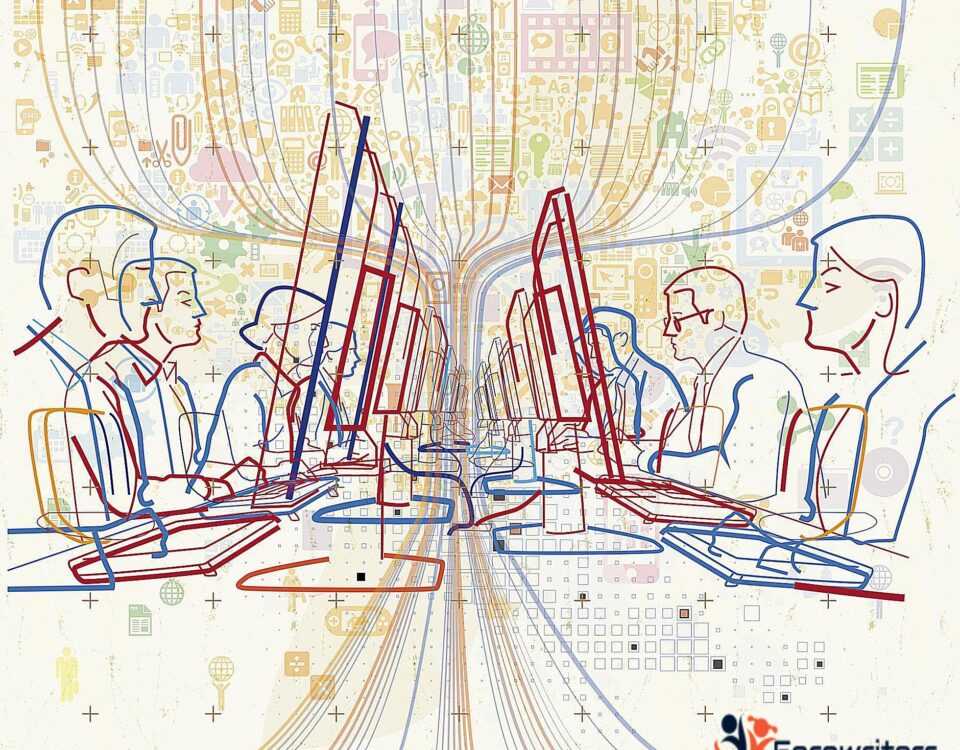- Top Quality Custom Essays
- +1 (628) 201-7932
- eprowriters01@gmail.com
Role conflict and strain theories and Homeland Security policing role
Role conflict and strain theories and Homeland Security policing role

Last updated on October 3rd, 2023 at 02:47 pm
For this role conflict and strain theories and Homeland Security policing role, answer the following questions and each subquestion;
- Several police departments were described in chapter 2 readings that took on a Homeland Security policing role in response to a major natural disaster within the United States and the country of Chile. Among the affected agencies were police departments in New Orleans, Louisiana, Gulfport Mississippi, Tuscaloosa, Alabama, and Constitucion, Chile. These agencies were faced with many challenges that made it impossible to operate within their normal
standards and protocols. Specifically, discuss the noted challenges involving each police department listed in the above paragraph involving the following critical areas: (50 points)
- Standard Operating Procedures
- Communications
- Chain of Command
- Service Delivery
- Office Behavior and Survival
- Using the definitions of role conflict theory and role strain theory, as discussed in the chapter 3 readings, as the two theories relate to the feelings and actions of Black police officers who have been called upon to participate in units having the responsibility to counter act protesters voicing their dissatisfaction with the deaths of George Floyd, Breana Taylor, and Rayshard Brooks.
Specifically, you must use the below question-based format to assess and illustrate the concepts and practices outlined in the above noted behavior theories: (50 points)
- What are the definitions of roles of conflict and role strain theories? Please give an example of each.
- In terms of these definitions, how have they been manifested among Black police officers during the noted protest movement?
- What factors affect and explain difference in feelings and behavior roles involving Black police officers kneeling, dancing, challenging non-white officers’ abusive/illegal behaviors toward the protesters?
- How do you suppose the theories of role and conflict behavior affect Black police officers when they are asked to protect Civil War statues and White supremacy groups shouting racial slurs and insults at them?
- How do you feel about the too often occasion when Black officers who are required to participate in crowd control activities while being called “sellouts,” “turn-coats,” “traitors”, etc., by members of their own race?
Need help with this or similar assignment?
- Tell Us Your Requirements: Please provide us with the specifics of your paper so that we may do our best to personalize it. Select the discipline, word count, format, academic level, and other details on the order form.
- Connect with the Best Writer: Consult and collaborate with an expert and complete your paper on schedule.
- Monitor the progress: Control the work process by checking the completed parts of your document right away. You can easily submit your comments by chatting with your essay writer on our website.
- Download Your Paper: Get your paper written according to your specifications. It is important to note that you only pay for an essay when you are completely satisfied with the outcome. Please provide us your feedback about our collaboration.
About Us
Eprowriters.com, and its afilliate blog Eprowriters.net, is a custom essay writing service that has been providing academic support with great success for more than five years. We are constantly updating our objectives in order to improve the quality of service we deliver and increase client satisfaction. We’ve progressed to an original concept as a result of our success.


